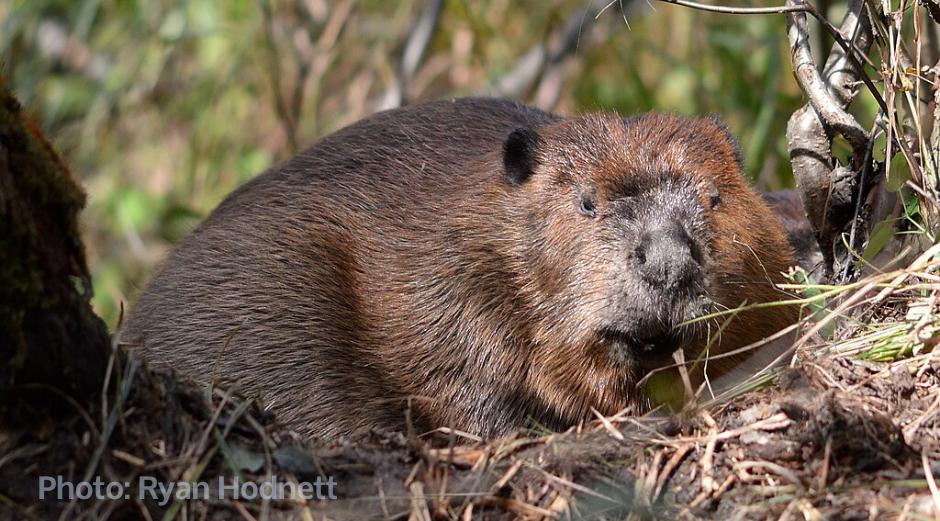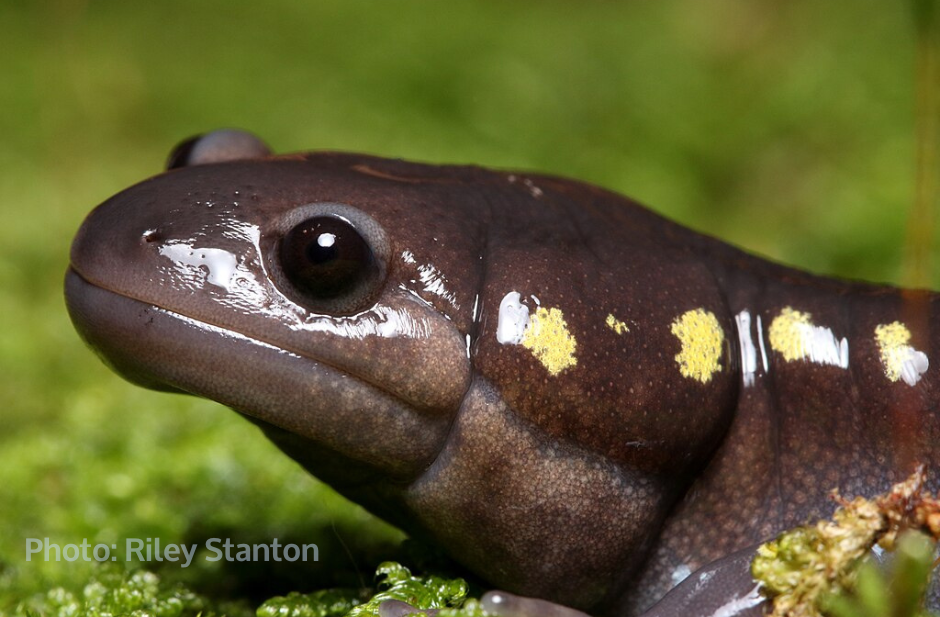
What are SWAP and OSP?
By Jackie Bowen - Director of Conservation
Thursday, April 18, 2024
New York State has been moving a plethora of plans in the environmental space of late – the Bobcat Management Plan, Cap & Invest pre-proposal, Open Space Plan, State Wildlife Action Plan, and Adirondack Backcountry Trout Pond Management Plan. There’s so many that it can get dizzying to keep track of them all.
So, let’s focus on two important ones: the Open Space Conservation Plan (OSP) and the State Wildlife Action Plan (SWAP), which will shape wildlife and habitat protection across the state for the next ten years. Both plans are being developed by the Department of Environmental Conservation (DEC) and include some stakeholder engagement.
 State Wildlife Action Plan
State Wildlife Action Plan
The State Wildlife Action Plan (SWAP) is a ten year, federally required plan that identifies Species of Greatest Conservation Need. Each state must develop a SWAP and submit it to the U.S. Fish and Wildlife Service in order to be eligible for state and Tribal grant programs. In the past, NYS funneled these funds to support research efforts by independent organizations; now, the money is used by state agencies.
By identifying wildlife species that should receive additional attention and care, the state and stakeholders are able to take a more proactive approach to stop at-risk species from becoming imperiled and added to the Federal and State Endangered Species lists. The SWAP includes sensitive species like the American eel and lake trout, but could – and should – include extirpated species like wolves and pumas that could play an important role in the future.
We are encouraging the state to look at the following more closely:
- Beaver – Beaver populations have rebounded across much of New York, but they should be recognized as Species of Greatest Conservation Need nonetheless, for they are essential to watershed health and aquatic wildlife diversity. New York’s agencies and landowners should learn to use non-lethal measures (like beaver deceivers and pond-levelers) to control “problem” animals, rather than killing them.
- Songbirds nesting in mature forest – Habitat fragmentation threatens interior-forest-nesting songbirds, like warblers and thrushes; and as a guild, they should be recognized as Species of Greatest Conservation Need.
- Diadromous and cold-water native fish (several of which are already SGCN), particularly eel, trout, salmon, and shad – American Eel and Lake Trout are listed as SGCN but need still stronger conservation efforts. Brook Trout should be added, as they are especially vulnerable to climate warming and water browning (a complex problem related to past acid rain damage and now climate chaos).
- Salamanders favoring mature forest – Forest fragmentation and degradation of waterways and wetlands harms many wildlife populations, particularly for salamanders.
 Open Space Plan
Open Space Plan
The OSP is a document that is updated every ten years to identify which lands should be prioritized for protection across the state. Unlike the SWAP, this is a state-led process; it was started in 1992 and guides the investment of Environmental Protection Fund money for land protection. Through the plan, lands are identified for protection based on water quality, species habitat and biodiversity, and climate change purposes.
Biodiversity and habitat loss are worsening at a rapid rate across the globe, and New York can be a leader in protecting the rich ecological diversity we have in the Adirondacks and across the state. The SWAP and OSCP both present important opportunities for you to weigh in about the value and importance of biodiversity and habitat protections. Each plan needs to be finalized in 2025, so there will be comment periods for the public to weigh in and provide feedback before that.
Stay tuned – follow us on social media or sign up for our mailing list – so you can know when these comment periods go live. Happy Spring.
Looking for more ways to get involved with the Council?




